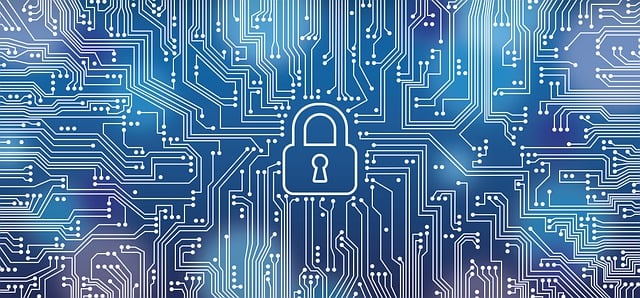Friend or foe for scientists?
Our first Legal Workshop earlier this week was a full success! Since there have been lively discussions around the presented topics regarding the German copyright, I want to use this legal column again to dive into the deep sea of the German copyright law and the data licenses.

German copyright: what is that exactly?
If one would ask people during a spontaneous street interview about their associations surrounding copyright, the first reaction would probably be: art or music. However, the fact that artistic activity isn’t necessarily essential for the question, whether or not a work is protected under the German copyright act, is less known. Because scientific creations can also be beneficiary as per § 2 sec. 1 UrhG.
Scientific Work, Scientific Data – tomato tomato?
Now, scientific work is not just like another. In fact, to be considered protected by the UrhG, it has to fulfill a certain number of criteria. One can imagine those as the “four pillars” of the definition of a work. Those “four pillars” are: 1. A perceivable shape, 2. A personal creation – as opposed to AI-generated work, 3. An intellectual value and 4. A personal coinage – also known as threshold of originality. These criteria aren’t always met by scientific data which, in conclusion, leads to them not being copyright protected.
Threshold of originality – what is that supposed to be?
In fact, most times scientific data fail to reach the necessary threshold of originality, which is why I want to elaborate on that criterion further. What sounds legally pretentious, can be described simply as a minimum level of originality. Or, as the German jurisprudence likes to call it: a sufficient level of individuality. Whether this level is reached, is to be decided from the point of view of the specific professional audience. If my work is significantly characterized by technical and methodical conditions from my specific professional domain and the arrangement, wording and design don’t show a personal note beyond that, my work won’t reach the necessary threshold of originality. This can also be explained by the protective purpose of the copyright law which is the protection of creative presentation of content as opposed to the content itself. This is because knowledge and facts are – even if they are scientific, labor-intensive and related to a high professional competence – in the public domain and are not to be monopolized.
Threshold of Originality – what follows from that?
The question of the copyright protection has to be asked because, in practice, many scientific data are being licensed with one of the CC-licenses – mostly the CC-BY. These licenses, that were created by the Creative Commons-organization, are nothing other than pre-formulated standard contracts containing the conditions on how to use intellectual property. The crux of this matter is, that these licenses can only be applied on work that is protected under the UrhG. A contrario I cannot apply a CC-license on data that is supposed to be public domain. If I still do that, it has both legal and actual consequences.
From a legal point of view the licensing of public domain data has no effect that benefits the author of the data. If the other party, for example, doesn’t adhere to the attribution condition, I cannot use legal mechanisms like the court to enforce this attribution on the grounds of a CC-BY license. That is because the conditions regarding the application of the license are simply not met.
Factually there are consequences of the extensive use of CC-BY licenses, both for copyright protected work and public domain data, as well. If I have to doubt with every use of a data set, if it actually is eligible to get a CC license, there is also doubt surrounding data sets that are, in fact, copyright protected. This leads to a general uncertainty surrounding the legal status of data.
The apocalypse of scientific data protection – are we all lost?
Psychologically tactically I want to follow the bad news with the good: scientists have a right to be attributed even for public domain data – irrespective of whether the data is marked by a public domain mark or not! This stems from the Good scientific Practice. These ethical guidelines have been adapted by many universities in the form of a statute and therefore have been moved from ethics into law. This also applies for extra universal institutes in the shape of the codex of the DFG! Beyond that, the principles of the Good scientific Practice are valid on an international level.
what now?
Obviously, many questions remain – which we also discovered during our workshop. How a labelling in accordance to the Good scientific Practice can be implemented on a technical and practical level and how a protection outside of the scientific community can be ensured, is yet to be clarified. But hopefully FAIRagro can be the light on the end of the tunnel in this matter as well! Because the workshop was also the kick-off of the creation of a “permanent legal working group”, that will analyze the needs of the community intensively with the goal to create a sustainable, FAIR and technical realistic solution of the problems.
If you also want to be part of that legal working group, to represent the interests of your community and participate first handedly on the creation of that solution, we invite you to get in touch via: lea-sophie.singson@fiz-karlsruhe.de.
This article is licenced under CC-BY 4.0.

